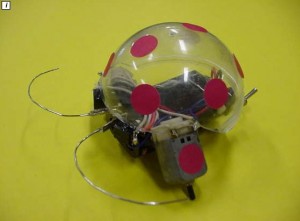Continuing our summer slide series, in which we've offered ideas on how to keep learners' math and literacy skills sharpened, we now turn our focus to science and tech-related ideas. The summer months provide a great opportunity for students to work on projects that help extend some of the ideas they might have learned during the school year or to pursue ideas that they might not have had a chance to do in the classroom.
Here is just a short list of projects that could help prevent the summer slide in science and technology.
1. BECOME A CITIZEN SCIENTIST
Citizen science takes scientific inquiry and research out of the lab (and out of the sole purview of scientists and researchers) and puts it in the hand of those without formal scientific training -- "citizens," volunteers, and, yes, students. There are a number of ways that students can engage in citizen science projects over the summer, whether they're spotting animals or identifying plants. Here are a few suggested apps and websites.
2. LEARN TO PROGRAM


